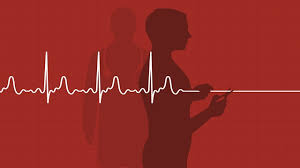 The day I had to put my dog down was an incredibly difficult day. I remember telling my sister-in-law about it and her response was “too bad we can’t do it for our human loved ones”. It was such a strong statement, but I knew where she was coming from. Her mother suffered from Alzheimer’s for close to 10 years and the last few years of her life, she had no idea who any was, not even her beloved children.
The day I had to put my dog down was an incredibly difficult day. I remember telling my sister-in-law about it and her response was “too bad we can’t do it for our human loved ones”. It was such a strong statement, but I knew where she was coming from. Her mother suffered from Alzheimer’s for close to 10 years and the last few years of her life, she had no idea who any was, not even her beloved children. It was cold but the sun was shining when my father looked out the window and said he wanted to die.
He was lying in a hospital bed, tubes tying him to machines and drips. He was 65, wasn’t a smoker but, like a lot of firefighters, had inhaled things that embedded in his lungs, slowly strangling them. His skin was ashen, his eyes wet and hauntingly sad.
When he said he wanted to die, my immediate reaction was to reassure him, to hold his hand, to tell him that my mother, my brother, my sister, and I didn’t want him to go, that we loved him too much to let him go, that he couldn’t go just yet.
That was 29 years ago, and it took me many years to realize that my reaction to my father’s plaintive, death-bed declaration was selfish, that it was rooted in what I thought was best, what I wanted, not what he thought was best, not what he wanted.
My father lingered for several weeks after he told me he wanted to die, suffering greatly. I have no idea if he would have opted to end his life earlier, to end his suffering earlier, but I wish he had the option.
It would be helpful to know whether a majority of Massachusetts legislators think others should have that option, too, but for the last eight years they have punted on the Death with Dignity Act, bottling it up in committee so that it dies without the dignity of a full and fulsome hearing.
Five years ago, a referendum that would make it legal for physicians to prescribe medications that terminally ill people could use to end their lives was narrowly defeated. But, like all social change, like all civil rights, the right to die with dignity is moving forward, inexorably.
Last month, the Massachusetts Medical Society commissioned a survey of its members’ attitudes toward what they called “medical aid in dying.” For a group that has historically opposed what some call physician-assisted suicide, the mere act of seeking its members’ opinions acknowledges the shift, much of it generational, in thinking.
In October, Dr. Roger Kligler, a retired Falmouth physician with prostate cancer, filed a lawsuit asserting he has a right to obtain a lethal dose of medication from a doctor willing to prescribe it if he becomes terminally ill and chooses to avoid more suffering.
Dr. Kligler rightly believes he’ll get a quicker answer from a court than the Great and General Court. As it has with other highly contentious matters, including same-sex marriage and the legalization of marijuana, the Legislature has been more than happy to let the courts or the public do the heavy lifting.
But even if a court agrees with Dr. Kligler’s argument, the decision could be narrowly tailored to only his case. And as the messy rollout of marijuana legalization has shown, legislating complex matters by referendum often leads to convoluted results.
The Legislature needs to take on Death with Dignity, in all its complexity.
Nine years ago, State Representative Lou Kafka sat down with one of his constituents, a guy from Stoughton named Al Lipkind, who was dying of stomach cancer. Lipkind asked Kafka to file a bill that would make it legal for doctors to write prescriptions for terminally ill people who wanted to avoid needless suffering. Kafka refiles the bill every session. The initial dozen co-sponsors have grown to 40.
“Al was able to make me see it through his eyes,” Kafka told me. “Unless and until it becomes personalized, it’s an issue you don’t necessarily think about.”
Not long after Al Lipkind died in 2009, Kafka watched helplessly as the same disease that slowly and torturously killed my dad did the same to his father.
“I watched him gasp for breath,” Kafka said.
Like me, Lou Kafka doesn’t know if his father would have chosen to end his life before enduring months of agony. Like me, he wishes his dad had the option.



 Nurse Tommy will be missed by many of his co-workers, patients and their families. After 50 years of doing a job he loves, Tommy is retiring with mixed feelings. He’s loved working as a
Nurse Tommy will be missed by many of his co-workers, patients and their families. After 50 years of doing a job he loves, Tommy is retiring with mixed feelings. He’s loved working as a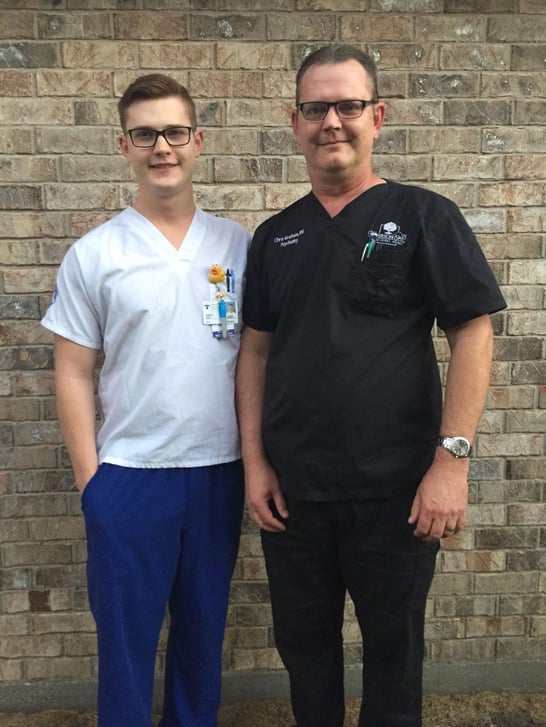
 By 2021
By 2021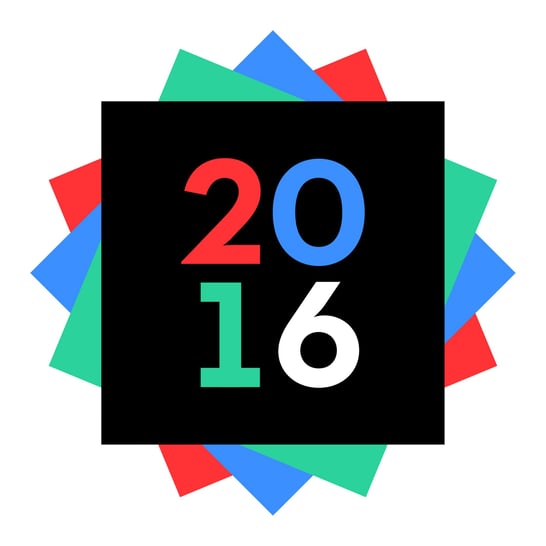 As 2016 comes to a close, we wish you a Happy New Year and All the Best in Health and Happiness for 2017!
As 2016 comes to a close, we wish you a Happy New Year and All the Best in Health and Happiness for 2017!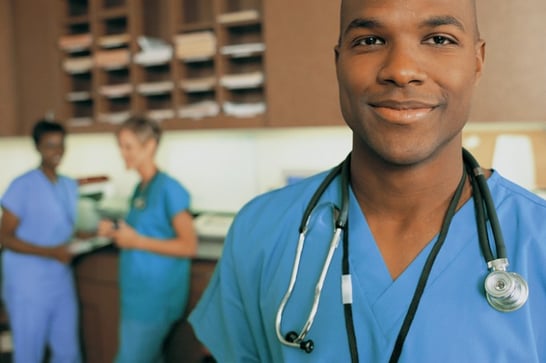 Educational systems should be increasing the diversity of its students to create a workforce that is prepared to meet the demands of diverse populations. Since the 70's there has been an increase of male Nurses by 200%. Stereotypes of professional gender rolls are being broken down.
Educational systems should be increasing the diversity of its students to create a workforce that is prepared to meet the demands of diverse populations. Since the 70's there has been an increase of male Nurses by 200%. Stereotypes of professional gender rolls are being broken down.
 We love Nurses! And the author of this article sure does too. She echoes how we’ve always felt about the Nursing profession. How smart, kind, caring, selfless, patient, compassionate and thoughtful you are on the job, every day.
We love Nurses! And the author of this article sure does too. She echoes how we’ve always felt about the Nursing profession. How smart, kind, caring, selfless, patient, compassionate and thoughtful you are on the job, every day.

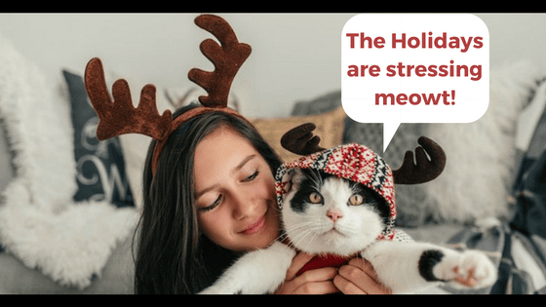 Life as a Nurse is hectic in general
Life as a Nurse is hectic in general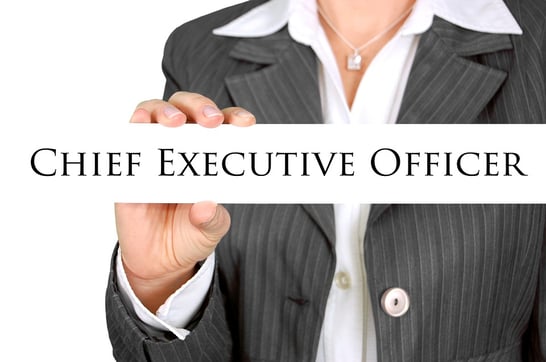 Have you been thinking about a Leadership position? Perhaps you’ve dreamed about being the CNO or CEO at a hospital or health system. This article speaks very frankly about what it takes and what’s involved in these positions.
Have you been thinking about a Leadership position? Perhaps you’ve dreamed about being the CNO or CEO at a hospital or health system. This article speaks very frankly about what it takes and what’s involved in these positions.

 Today there are four generations of Nurses working in healthcare. In order to achieve a healthy work environment all generations must be culturally sensitive not only towards ethnicity but age as well. Below are a few tips to help managers and staff transition people into leadership roles.
Today there are four generations of Nurses working in healthcare. In order to achieve a healthy work environment all generations must be culturally sensitive not only towards ethnicity but age as well. Below are a few tips to help managers and staff transition people into leadership roles.